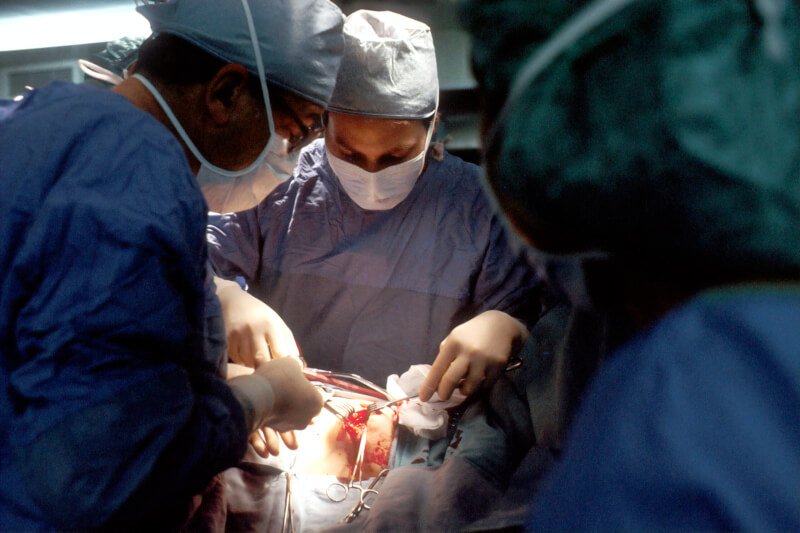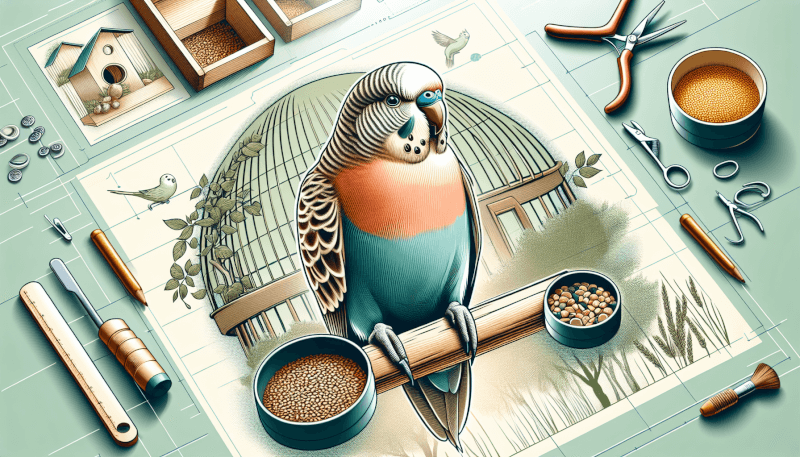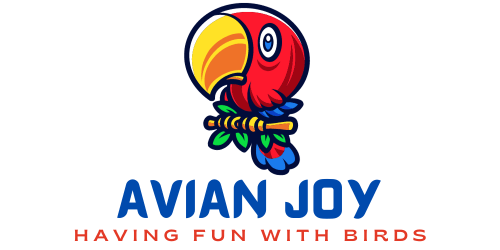Are you a bird owner looking for ways to ensure the health and well-being of your feathered friend? Look no further! In this article, we will explore the top ways to promote healthy beak and claw growth in birds. From providing the right diet and grooming techniques to offering stimulating toys and perches, we have got you covered. So let’s jump right in and discover the key to maintaining strong and vibrant beaks and claws for your beloved avian companion.

Proper Nutrition
A balanced diet is crucial for maintaining healthy beak and claw growth in your pet birds. Providing them with essential nutrients is essential for their overall well-being. Make sure to offer a variety of foods to meet their dietary needs. Include fresh fruits and vegetables, high-quality seeds, and pellets, as well as occasional treats. This diverse diet will help ensure that your birds receive the necessary vitamins, minerals, and proteins for optimal beak and claw health.
Supplements can also play a role in promoting healthy growth. Talk to your avian veterinarian about the specific supplements that may benefit your birds. Some common supplements include calcium and vitamin D3, which are particularly important for maintaining strong and healthy beaks and claws. Remember that supplements should never replace a balanced diet but rather complement it.
Regular Beak and Claw Maintenance
Proper maintenance of beaks and claws is essential to avoid overgrowth and potential problems. Trimming beaks and claws when necessary can help prevent injuries and discomfort for your birds. Regularly check and monitor their beak and claw length. If you notice excessive growth or sharp edges, it’s time for a trim.
Trimming beaks and claws requires skill and patience, so it’s best to learn the proper technique from a qualified professional or avian veterinarian. Incorrect trimming can result in pain and bleeding. However, if you feel confident, you can learn to trim them yourself. Be sure to use proper tools designed specifically for birds and follow recommended guidelines. Remember, safety is paramount.
Beak and claw filers can be a useful tool for maintaining beak and claw health. These instruments can help smoothen rough edges, giving a more comfortable and functional grip for your birds. Consider using a beak or claw filer as part of your regular maintenance routine.

Environmental Enrichment
Providing a stimulating environment is crucial for promoting healthy beak and claw growth. Make sure to include natural perches in their cage. Different types of perches with varying textures will help your birds exercise their feet and keep their claws in check. Offering perches of different diameters or made from natural materials like wood can also help prevent foot and joint problems.
Toys and activities are excellent ways to engage your birds mentally and physically. Birds are intelligent creatures that need mental stimulation to thrive. Provide a variety of toys that encourage beak and claw exercise, such as puzzle toys, chew toys, and toys that require manipulation. This will help keep their beaks and claws in top shape.
Foraging opportunities are also essential for promoting healthy beak and claw growth. Hide treats and food in their environment, encouraging them to use their beaks and claws to search and retrieve. This not only stimulates their natural foraging instincts but also provides exercise for their beaks and claws.
Proper Cage Setup
The cage is your birds’ primary living space, so it’s essential to set it up correctly to ensure their beak and claw health. Adequate space is vital for allowing your birds to move around and exercise. A cage that is too small can lead to restricted movement, which can negatively impact their beaks and claws. Choose a cage that provides enough room for your birds to spread their wings fully and move comfortably.
Appropriate substrate is also an important consideration. Opt for a substrate that is easy to clean, non-toxic, and doesn’t cause discomfort to your birds’ feet. Avoid using rough or abrasive material that can cause wear and tear on their beaks and claws. Soft bedding or paper-based substrates are suitable options.
Safe flooring is another crucial aspect of cage setup. Avoid using wire floors or mesh that can pose a risk to your birds’ feet and claws. This can cause injury or even deformities over time. Instead, opt for solid flooring or provide wooden perches to give your birds a safe and comfortable surface to rest and perch on.

Regular Veterinary Check-ups
Routine veterinary check-ups are essential for maintaining optimal beak and claw health. During these examinations, the vet will assess your birds’ overall health, including their beaks and claws. They can detect any abnormalities or signs of potential issues early on, allowing for timely intervention and treatment.
Nail trimming is a common procedure during veterinary check-ups. Birds’ nails can grow quickly and require regular maintenance to prevent overgrowth and potential injuries. Your veterinarian will trim the nails to an appropriate length, ensuring that they are safe and comfortable.
Beak trimming is another important aspect addressed during veterinary check-ups. Although beak trimming is less frequently required, it is necessary for some birds with overgrown or misshapen beaks. Your avian veterinarian will assess your birds’ beak condition and determine if trimming is necessary.
Preventing Infections and Injuries
Keeping your birds’ environment clean and free from hazards is crucial for preventing infections and injuries that can affect their beaks and claws. Regular cleaning and disinfecting of their cage and accessories will help minimize the risk of bacterial or fungal infections. Use avian-safe cleaning products and ensure thorough rinsing to avoid any toxic residues.
Avoid placing your birds on rough surfaces that can cause abrasions or injuries to their beaks and claws. Ensure they have safe perches and play areas made from materials that don’t pose a risk to their health. Be mindful of any sharp edges or protruding parts that can result in wounds or damage to their beaks or claws.
Removing hazards from your birds’ environment is essential for their safety. This includes removing any small objects that they could swallow or get tangled in, as well as ensuring there are no toxic plants or substances within their reach. Regularly inspect their surroundings for any potential dangers and be proactive in eliminating them.

Monitor for Signs of Abnormalities
Regularly monitoring your birds’ beaks and claws is essential for detecting any signs of abnormalities. Look out for discoloration, as changes in color can indicate underlying health issues. A healthy beak and claws should have a consistent appearance, so any abnormal coloration should be investigated further.
Cracks or abnormal shape in the beak or claws can also be signs of potential problems. These can range from minor issues to more serious conditions, so it’s important to seek veterinary advice if you notice any irregularities. In addition, bleeding or swelling around the beak or claw area should not be ignored and should prompt a visit to the veterinarian.
Avoiding Stress
Stress can adversely affect your birds’ beak and claw health, so it’s important to minimize stressors in their environment. Cage placement is an important consideration. Find a location that provides a sense of security, away from loud noises, direct drafts, and excessive activity. A quiet and calm environment will help promote healthy beak and claw growth.
Social interaction is another important aspect to consider. Birds are social animals and require companionship. Ensure that your birds have opportunities for social interaction with you or other compatible bird companions. Interaction can help reduce stress and promote overall well-being, including healthy beak and claw growth.
Minimizing changes in your birds’ routine and environment will also help reduce stress. Birds thrive on routine, so try to maintain a consistent schedule for feeding, cleaning, and playtime. Avoid frequent cage relocations or major changes in their surroundings, as this can cause unnecessary stress and potentially affect their beak and claw health.

Avoiding Overfiling or Overtrimming
Respecting the natural length of your birds’ beaks and claws is important to promote healthy growth. Overfiling or overtrimming can cause discomfort and leave your birds at risk of injury. Be mindful not to remove too much of their beaks or claws during trimming.
When filing or trimming beaks and claws, it’s crucial to approach the process gently. Avoid applying excessive pressure or force, as this can lead to pain and potential damage. Take your time and ensure that your birds are calm and comfortable before proceeding with the task. Gentle filing or trimming will help maintain the natural shape and length while ensuring your birds’ well-being.
If you are unsure or uncomfortable about trimming your birds’ beaks or claws, it is always advisable to seek professional advice. An avian veterinarian or an experienced bird groomer can provide guidance and perform the necessary maintenance with expertise and care.
Promoting Exercise
Exercise is important for your birds’ overall health, including their beak and claw health. Encouraging movement is essential to prevent stiffness and promote natural exercise. Provide ample space for your birds to fly and move around outside of their cage if possible. Flight opportunities allow them to exercise their wings and use their beaks and claws to grip and climb.
Interactive toys are excellent tools for promoting exercise. Toys that require physical interaction and manipulation encourage your birds to use their beaks and claws actively. Choose toys that involve biting, carrying, and manipulating objects to keep their beaks and claws active and engaged.
Flight opportunities are essential for promoting healthy beak and claw growth. If your birds are unable to fly freely, consider providing a flight cage or a safe enclosed space where they can stretch their wings and fly short distances. This allows them to exercise their entire body, including their beaks and claws, which will contribute to their overall well-being.
In conclusion, promoting healthy beak and claw growth in your pet birds involves various aspects of care and attention. From providing a balanced diet and essential nutrients to ensuring a stimulating environment and regular veterinary check-ups, every step is crucial for their well-being. By following the recommended guidelines and investing time and effort into their care, you can ensure that your birds enjoy a healthy and fulfilling life with well-maintained beaks and claws.

